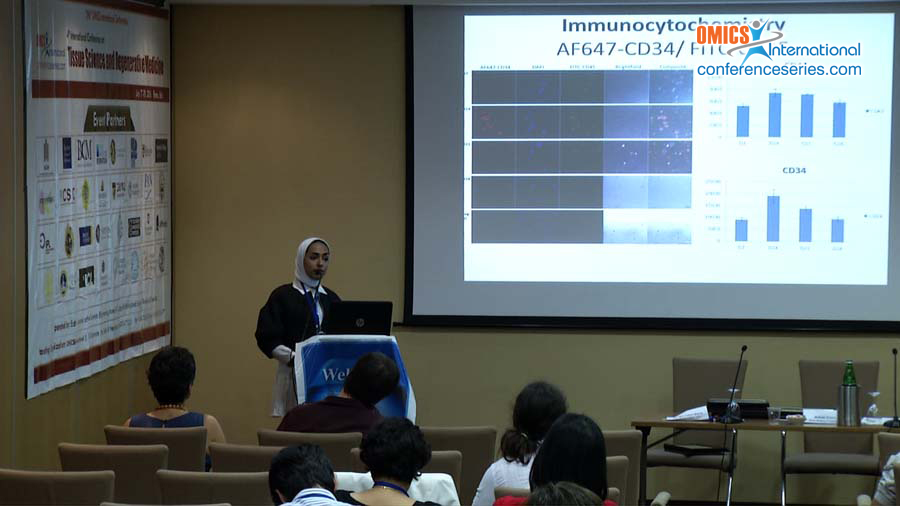Nihal AlMuraikhi
Imperial College London
UK
Title: E-BABE- A direct differentiation of hipscs towards erythroid cells under serum-free and hypoxia condition
Biography
Biography: Nihal AlMuraikhi
Abstract
Current protocols used in the differentiation of human induced pluripotent stem cells (hiPSCs) and human embryonic stem cells (hESCs) toward erythropoiesis utilize two main approaches; Embryoid Body (EB) formation, which influences heterogeneity of the produced population, and/or co-culture with mouse stromal cells, which makes the xeno-free culture requirement difficult to achieve. In this study, we designed a serum-free experiment on the direct differentiation of hiPSCs toward erythroid cells under hypoxia condition bypassing the EB formation step and no co-culture system. Our protocol involves three phases: phase-I) Hematopoietic induction (7days), where cells were exposed to specific cytokines to trigger the mesodermal formation. Phase-II) Erythroid differentiation (7days) with reduced number of cytokines; EPO, SCF and IL-3; and finally, phase-III) Maturation of erythroid progenitors (14days) by exposing cells to EPO only. All culture phases were performed in hypoxia conditions. Phase-I showed an expression of an early hematopoietic marker, CD34 in parallel to a high expression of CD45, a pan leukocyte marker. Both markers peaked by phase-II then decreased gradually during maturation. Phase-I also showed a high expression of an early erythroid marker, CD71 and a late erythroid marker, CD235a over the culture period. Around 10% of the cells were enucleated erythrocytes by the end of phase-III, which was confirmed by Wright-Giemsa and reticulocytes staining. Functional analysis using CFU showed that the cell population were able to form hematopoietic colonies, specifically, erythroid progenitor. Further studies on maturation and enucleation are required in order to achieve fully mature and functional RBCs phenotype.

